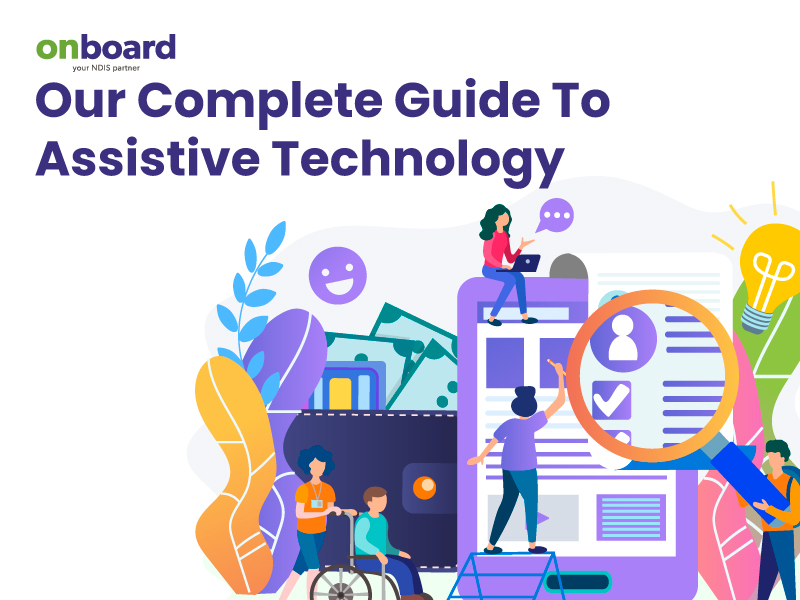Assistive technology is one of the world’s greatest achievements. For anyone living with a disability, recovering from injury, or learning a new skill, assistive technology helps them do it better.
So what are assistive technologies and how do they benefit people living with disabilities?
Here is our complete guide on assistive technology.

